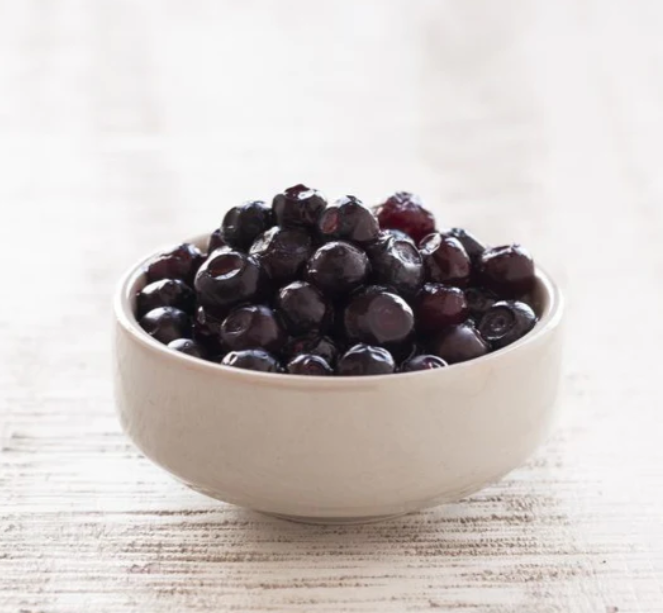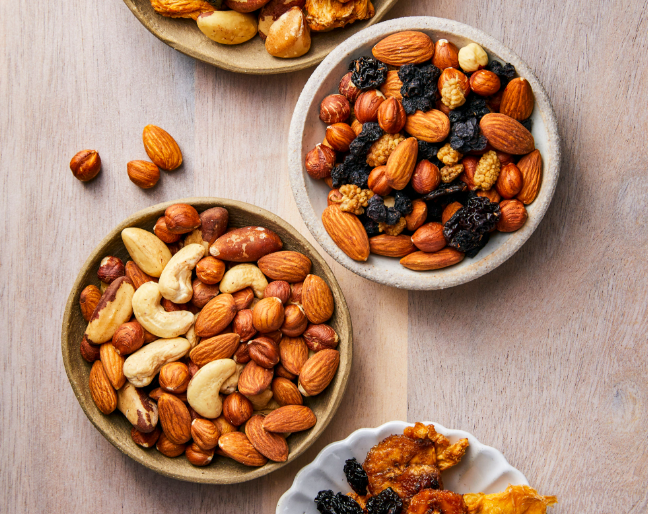A Beginner's Guide to Truffles
If you’re looking to elevate your cooking skills, you may want to add truffles into your repertoire. Truffles look unassuming and plain, but they give every dish an unforgettable savory flavor. Before you incorporate truffles into your favorite dishes, learn the basics about truffles.


